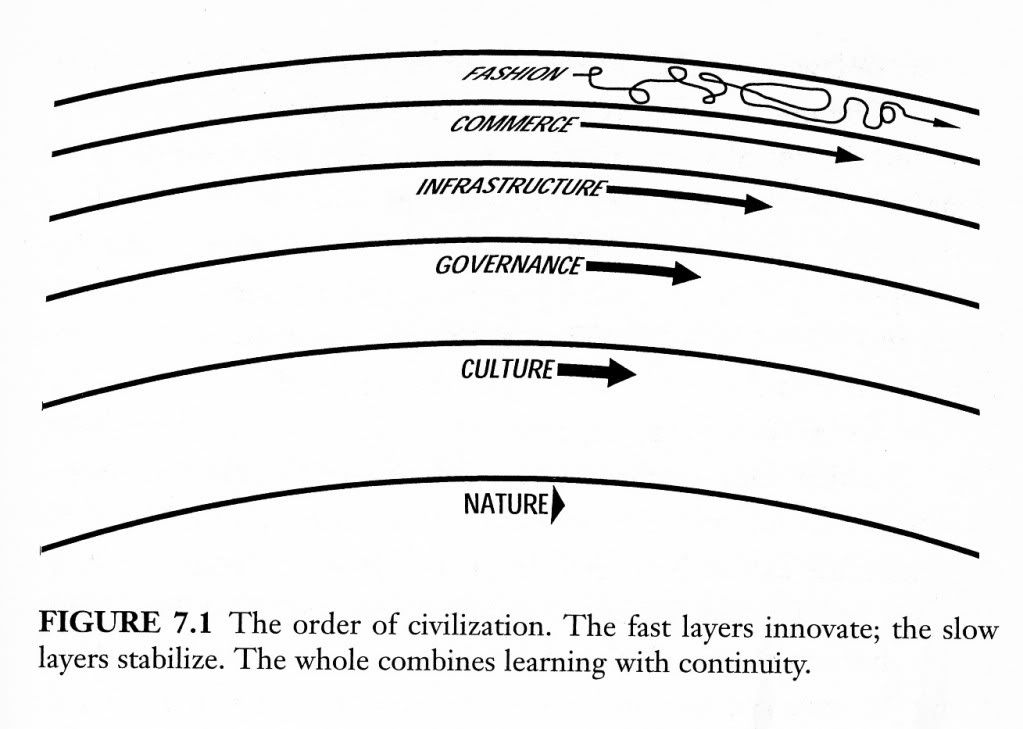People have been playing with sound for a long time. In the collections of the Smithsonian Institution, there’s a unique device that dates back well over a thousand years: a “telephone” made of 25 meters stretched cotton string and two gourd drums — just like the tin-can & wire phones we made when we were kids. It is the only one of its kind that has ever been discovered, and given the fragility of its components, can never be tried out (alas!).

The marvel of acoustic engineering — cunningly constructed of two resin-coated gourd receivers, each three-and-one-half inches long; stretched-hide membranes stitched around the bases of the receivers; and cotton-twine cord extending 75 feet when pulled taut — arose out of the Chimu empire at its height. The dazzlingly innovative culture was centered in the Río Moche Valley in northern Peru, wedged between the Pacific Ocean and the western Andes. “The Chimu were a skillful, inventive people,” Matos tells me as we don sterile gloves and peer into the hollowed interiors of the gourds. The Chimu, Matos explains, were the first true engineering society in the New World, known as much for their artisanry and metalwork as for the hydraulic canal-irrigation system they introduced, transforming desert into agricultural lands.
But even as we revel at this glimpse of what seems like the very distant past, let’s remember that twelve hundred years is too insignificant a span to be measured in geological time.
The climate crisis has been triggered by industrial civilization’s violation of the boundaries between human and geological timescales.
